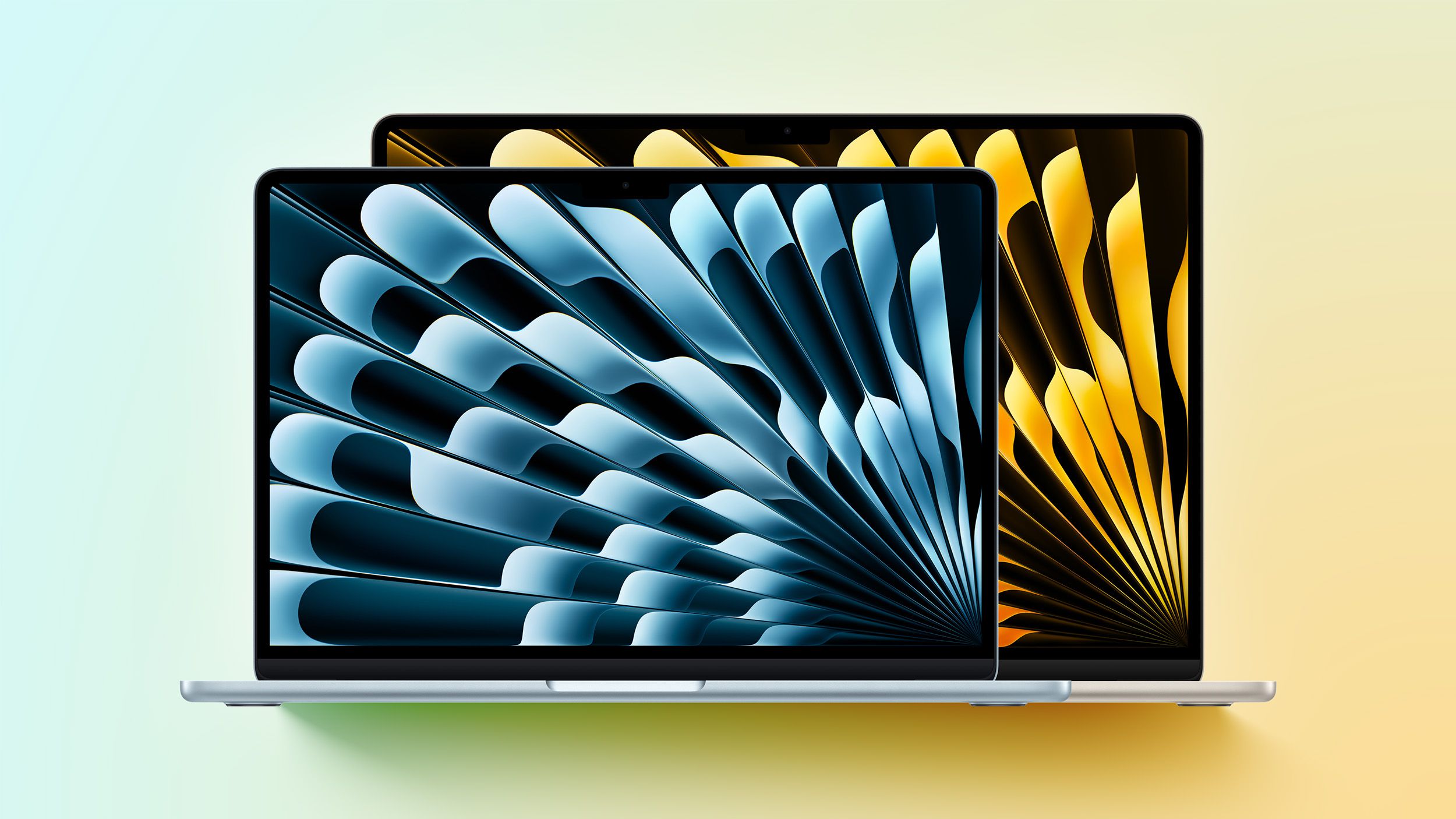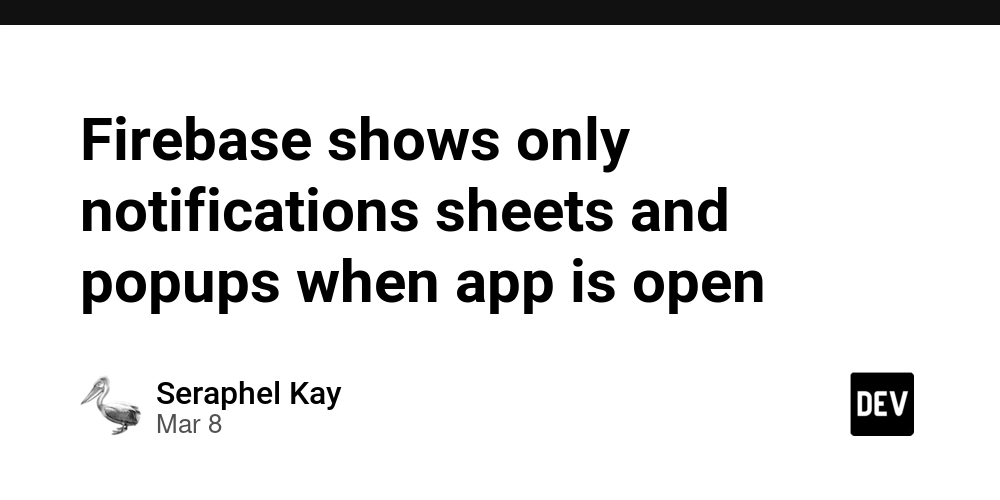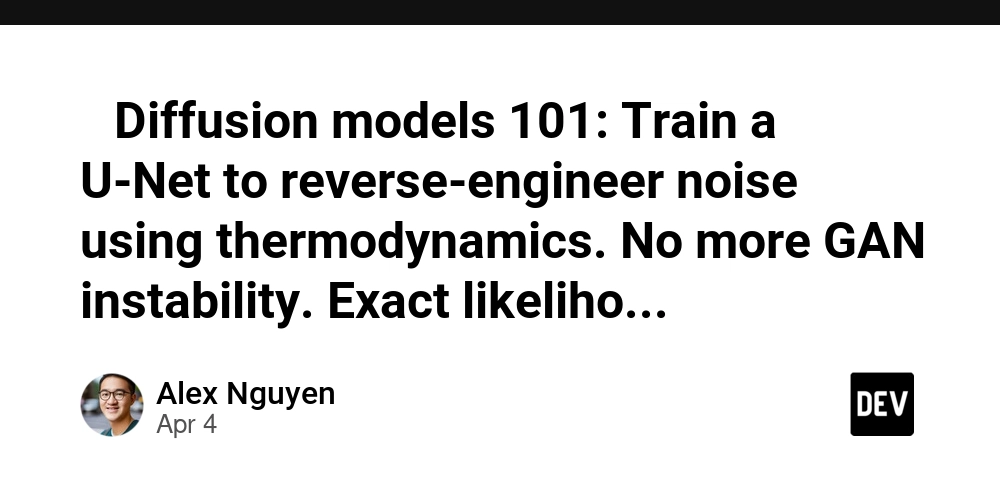How React Native Fabric Improves Mobile App Development?
Introduction React Native, released by Facebook in 2015, revolutionized mobile app development by enabling developers to build cross-platform applications using JavaScript and React. It gained momentum immediately due to its capacity to provide near-native performance without sacrificing development time and expense by a major margin. React Native received updates annually with performance, architecture, and developer experience improvements. One of the greatest achievements in this development is React Native Fabric. Fabric is the new rendering architecture that will bring React Native's architecture into the modern era. Fabric brings a lighter, more flexible, and more efficient means for React Native to talk to native platform components, allowing for faster rendering, improved concurrency, and smoother app performance. This feature sets the stage for a more scalable and future-proof React Native ecosystem. What Is React Native Fabric React Native Fabric is the new React Native architecture that is meant to enhance performance, flexibility, and maintainability. It reimagines the interaction between native code and JavaScript to enable apps to be faster, more responsive, and easier to scale. At its core, Fabric offers three fundamental features: TurboModules: A fresh system for loading native modules in a more efficient manner so that they get loaded on demand and not all together, which makes app launch time faster. JSI (JavaScript Interface): A fast, high-performance bridge allowing native and JavaScript code to communicate directly, synchronously, without going through the usual "bridge" mechanism. New Rendering System: A new rendering engine that brings React Native closer to the native UI thread, allowing for smoother animations, better concurrency management, and more accurate user interface updates. Combined, these enhancements result in React Native apps being quicker, lighter, and more future-proof. Key Benefits of React Native Fabric in Mobile App Development React Native Fabric offers some strong benefits that enhance the mobile app development experience: 1. Improved Performance and Smooth Animations The new rendering architecture allows React Native to render the UI more efficiently, resulting in higher frame rates, smoother animations, and a smoother user experience. 2. Faster Startup Times and Responsiveness With TurboModules and JSI, applications only load native modules when necessary, cutting startup times by a considerable margin and providing apps with a more responsive feel from the start. 3. Enhanced Compatibility with Native Modules TurboModules ease the way that JavaScript interacts with native code to facilitate faster and more stable integration with platform-specific features. 4. Enhanced Cross-Platform Consistency Fabric allows for more consistent iOS and Android behavior so that developers can build and support fully cross-platform apps more easily with less platform-specific adjustment. How Fabric Impacts UI Development With React Native Fabric, UI creation is more responsive and efficient. Due to enhanced thread management, Fabric supports real-time UI updating, and the UI is always highly responsive even to intense user interactions and complex animations. Due to better work balancing between threads, Fabric eliminates delays and screen jank, resulting in much better user experience. In addition, Fabric provides developers with much more flexibility to customize app UIs to their requirements. With its redesigned architecture, it is simpler to create highly interactive and dynamic components, allowing apps to achieve a near-native look and feel. UI behavior and style can now be adjusted more accurately, leading to richer, more engaging mobile experiences. Developer Advantages with React Native Fabric React Native Fabric makes developers' lives easier by streamlining debugging and maintenance. With a less opaque and more modular structure, it is faster and easier to track and fix flaws. Fabric also introduces more standardized and predictable organization, reducing the potential for latent bugs and compatibility problems. Additionally, Fabric is built for future growth. Its new architecture simplifies future-proofing and updating apps for future React Native and other improvements. New features can be added more readily without the need for big rewrites, maintaining their apps current, speedy, and competitive. Choosing to hire React Native developers familiar with Fabric can ensure smoother project management and future scalability. Why Businesses Should Care React Native Fabric is not just a technical advancement — it offers real business value. By enabling faster development cycles, Fabric allows teams to deliver features and updates more quickly, giving businesses a competitive edge. The leaner architecture also means lower maintenance costs, as
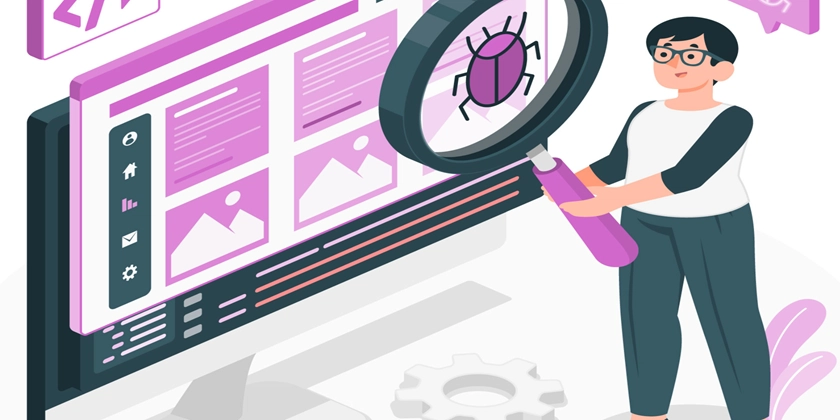
Introduction
React Native, released by Facebook in 2015, revolutionized mobile app development by enabling developers to build cross-platform applications using JavaScript and React. It gained momentum immediately due to its capacity to provide near-native performance without sacrificing development time and expense by a major margin. React Native received updates annually with performance, architecture, and developer experience improvements.
One of the greatest achievements in this development is React Native Fabric. Fabric is the new rendering architecture that will bring React Native's architecture into the modern era. Fabric brings a lighter, more flexible, and more efficient means for React Native to talk to native platform components, allowing for faster rendering, improved concurrency, and smoother app performance. This feature sets the stage for a more scalable and future-proof React Native ecosystem.
What Is React Native Fabric
React Native Fabric is the new React Native architecture that is meant to enhance performance, flexibility, and maintainability. It reimagines the interaction between native code and JavaScript to enable apps to be faster, more responsive, and easier to scale.
At its core, Fabric offers three fundamental features:
- TurboModules: A fresh system for loading native modules in a more efficient manner so that they get loaded on demand and not all together, which makes app launch time faster.
- JSI (JavaScript Interface): A fast, high-performance bridge allowing native and JavaScript code to communicate directly, synchronously, without going through the usual "bridge" mechanism.
- New Rendering System: A new rendering engine that brings React Native closer to the native UI thread, allowing for smoother animations, better concurrency management, and more accurate user interface updates.
Combined, these enhancements result in React Native apps being quicker, lighter, and more future-proof.
Key Benefits of React Native Fabric in Mobile App Development
React Native Fabric offers some strong benefits that enhance the mobile app development experience:
1. Improved Performance and Smooth Animations
The new rendering architecture allows React Native to render the UI more efficiently, resulting in higher frame rates, smoother animations, and a smoother user experience.
2. Faster Startup Times and Responsiveness
With TurboModules and JSI, applications only load native modules when necessary, cutting startup times by a considerable margin and providing apps with a more responsive feel from the start.
3. Enhanced Compatibility with Native Modules
TurboModules ease the way that JavaScript interacts with native code to facilitate faster and more stable integration with platform-specific features.
4. Enhanced Cross-Platform Consistency
Fabric allows for more consistent iOS and Android behavior so that developers can build and support fully cross-platform apps more easily with less platform-specific adjustment.
How Fabric Impacts UI Development
With React Native Fabric, UI creation is more responsive and efficient. Due to enhanced thread management, Fabric supports real-time UI updating, and the UI is always highly responsive even to intense user interactions and complex animations. Due to better work balancing between threads, Fabric eliminates delays and screen jank, resulting in much better user experience.
In addition, Fabric provides developers with much more flexibility to customize app UIs to their requirements. With its redesigned architecture, it is simpler to create highly interactive and dynamic components, allowing apps to achieve a near-native look and feel. UI behavior and style can now be adjusted more accurately, leading to richer, more engaging mobile experiences.
Developer Advantages with React Native Fabric
React Native Fabric makes developers' lives easier by streamlining debugging and maintenance. With a less opaque and more modular structure, it is faster and easier to track and fix flaws. Fabric also introduces more standardized and predictable organization, reducing the potential for latent bugs and compatibility problems.
Additionally, Fabric is built for future growth. Its new architecture simplifies future-proofing and updating apps for future React Native and other improvements. New features can be added more readily without the need for big rewrites, maintaining their apps current, speedy, and competitive.
Choosing to hire React Native developers familiar with Fabric can ensure smoother project management and future scalability.
Why Businesses Should Care
React Native Fabric is not just a technical advancement — it offers real business value. By enabling faster development cycles, Fabric allows teams to deliver features and updates more quickly, giving businesses a competitive edge. The leaner architecture also means lower maintenance costs, as apps are less complicated, easier to debug, and easier to scale over time.
Most importantly, the improved performance and smoother user experiences driven by Fabric directly impact increased user satisfaction and retention. A better, more reliable app retains customers longer and maintains brand loyalty, ultimately driving increased revenue and growth.
Conclusion
React Native Fabric is a major step forward in mobile app development. Its improved performance, live UI updates, improved thread management, and future-proof design make it possible to develop high-quality, cross-platform apps faster and more efficiently than ever. For developers, it makes maintenance and updates easier; for business, it provides lower costs, faster time-to-market, and improved user retention. React Native Fabric is not just an update — it's the foundation for the next generation of mobile apps.










































































































































































![[The AI Show Episode 144]: ChatGPT’s New Memory, Shopify CEO’s Leaked “AI First” Memo, Google Cloud Next Releases, o3 and o4-mini Coming Soon & Llama 4’s Rocky Launch](https://www.marketingaiinstitute.com/hubfs/ep%20144%20cover.png)


















































































































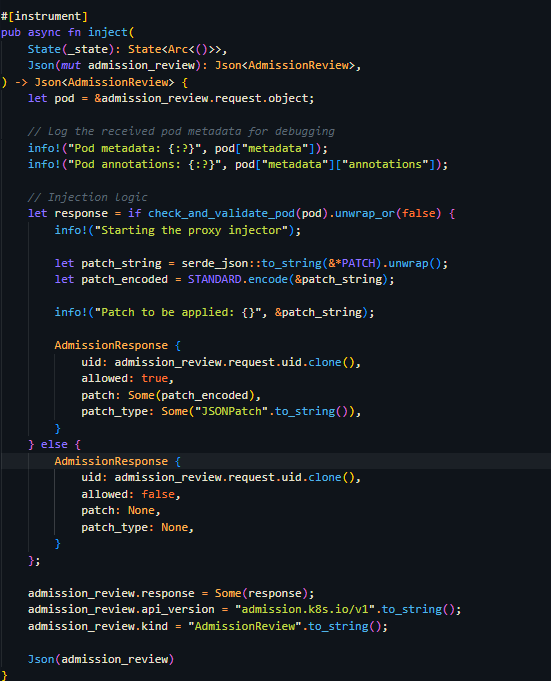





































![Is This Programming Paradigm New? [closed]](https://miro.medium.com/v2/resize:fit:1200/format:webp/1*nKR2930riHA4VC7dLwIuxA.gif)

























































































-Classic-Nintendo-GameCube-games-are-coming-to-Nintendo-Switch-2!-00-00-13.png?width=1920&height=1920&fit=bounds&quality=70&format=jpg&auto=webp#)















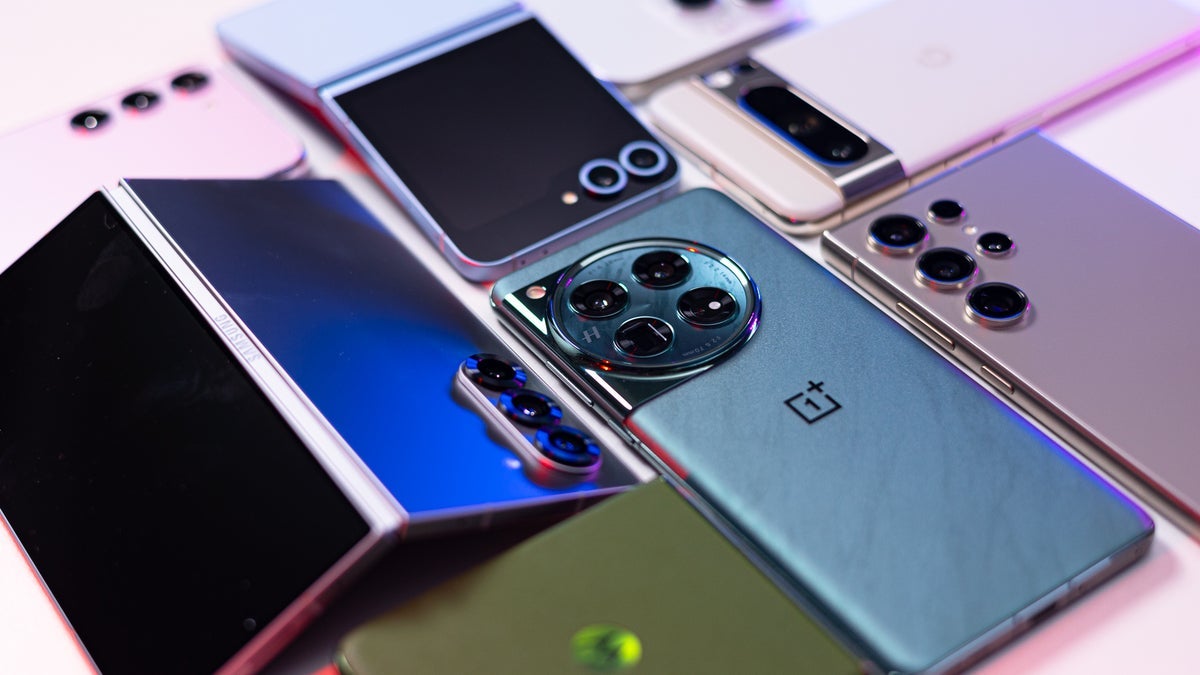







































































































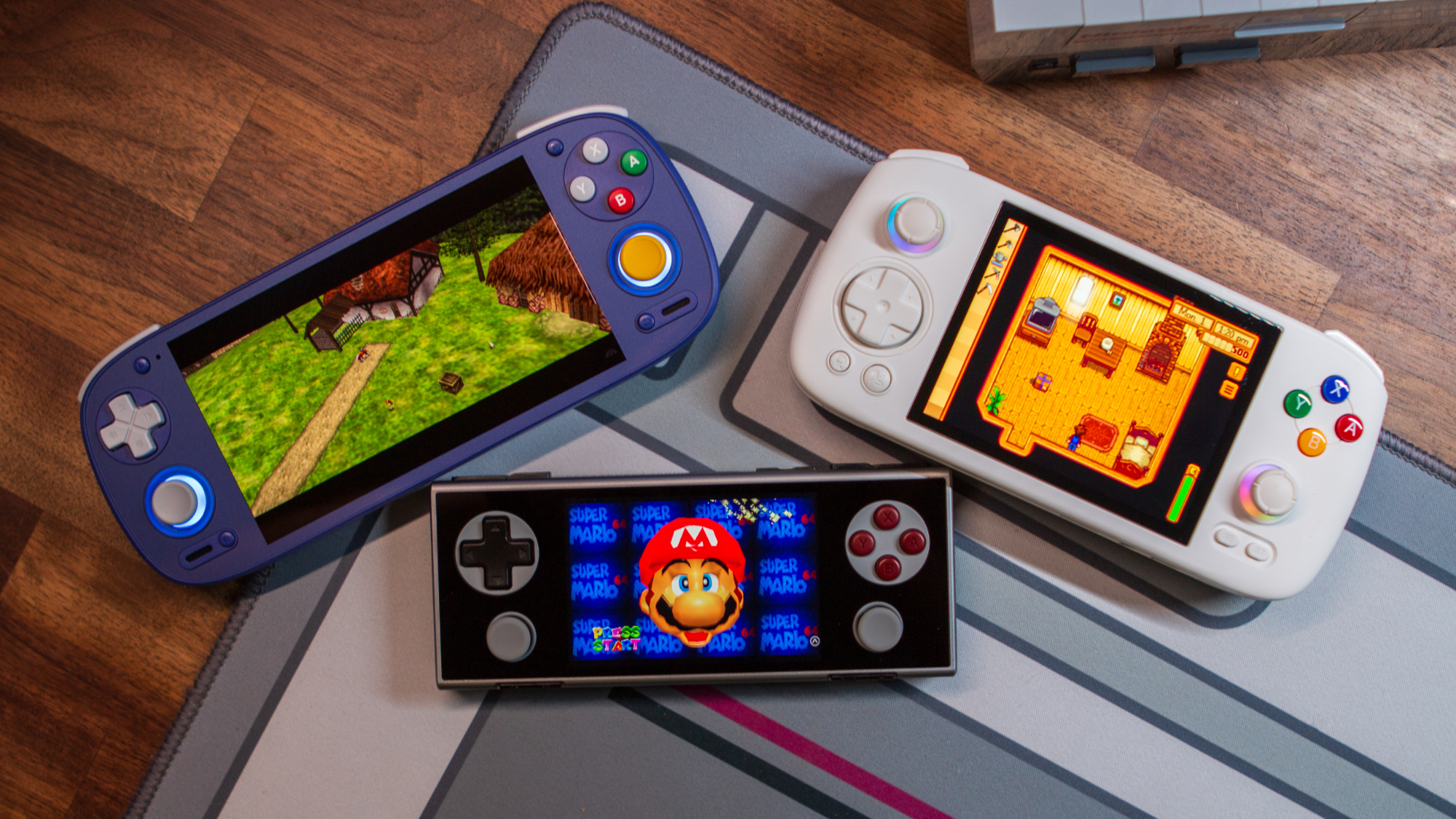

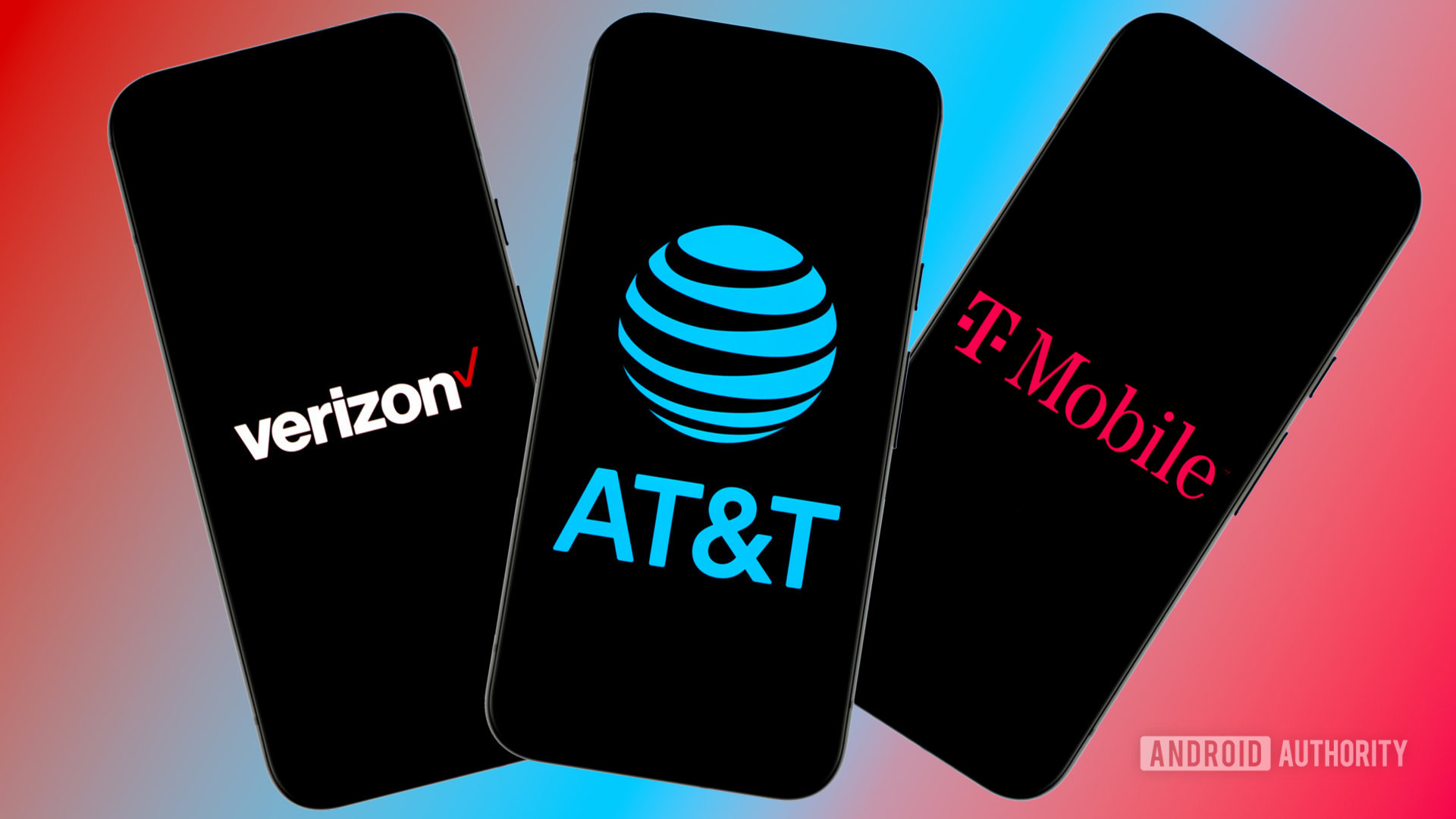

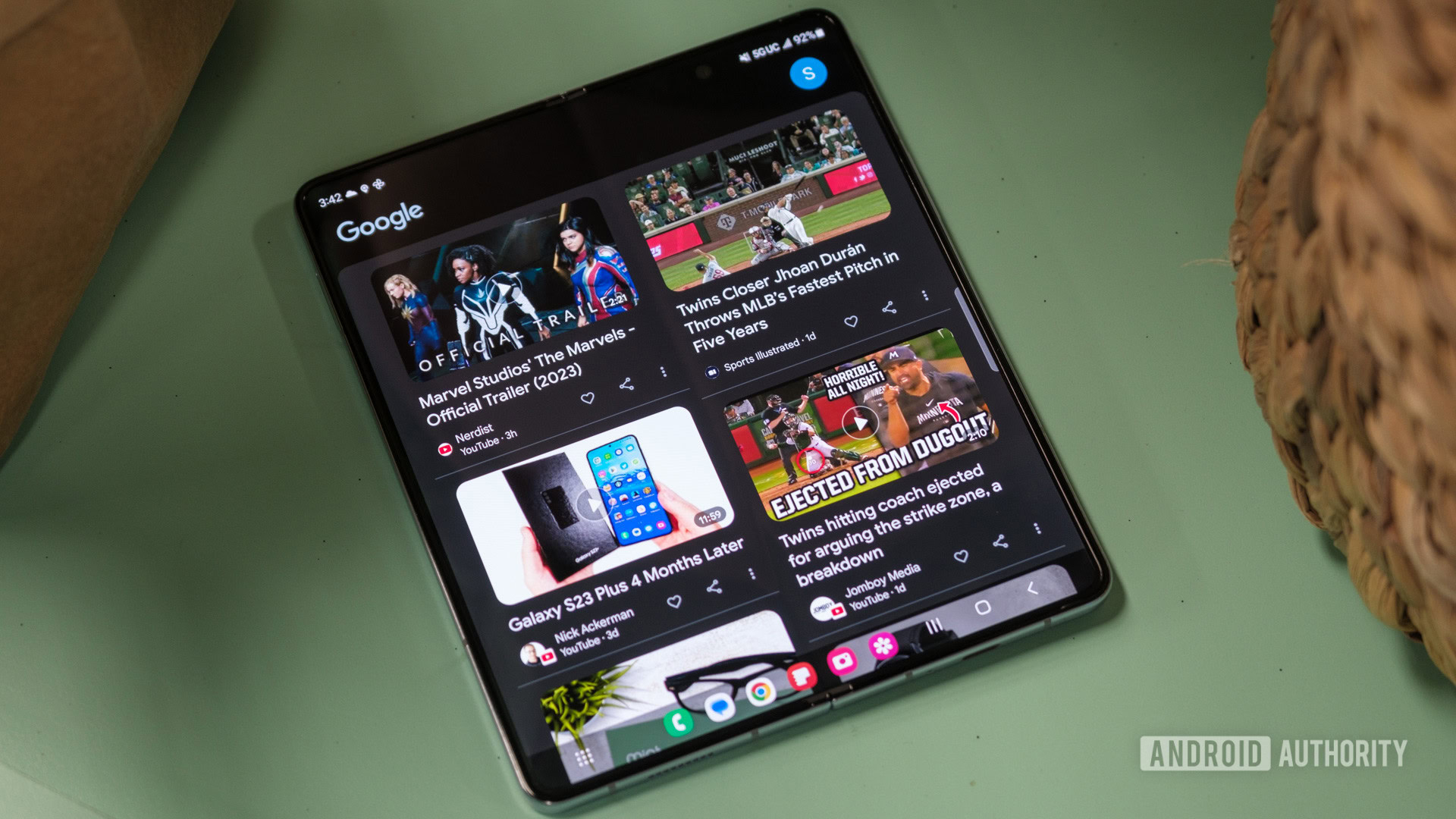















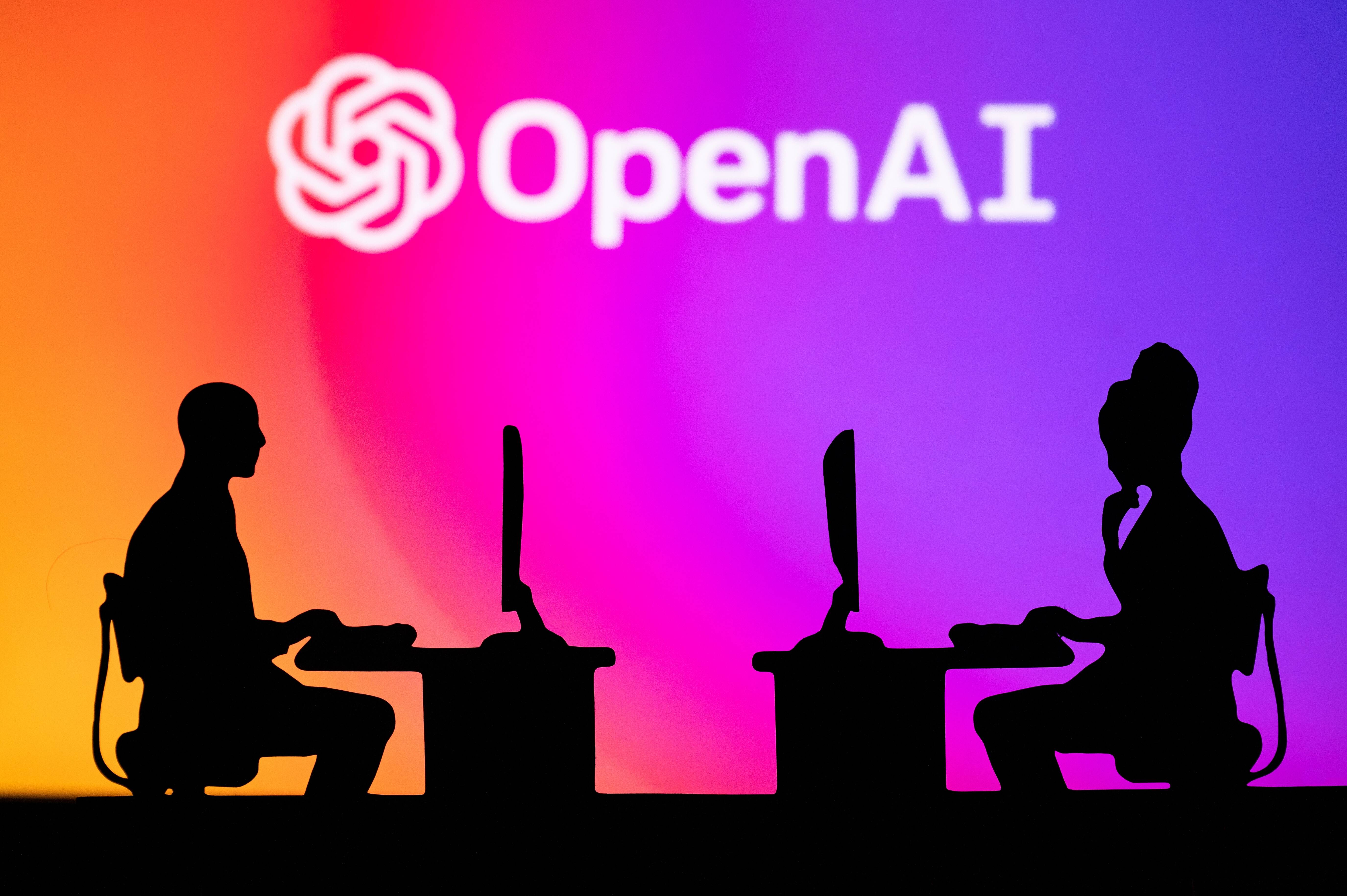


![M4 MacBook Air Drops to New All-Time Low of $912 [Deal]](https://www.iclarified.com/images/news/97108/97108/97108-640.jpg)
![New iPhone 17 Dummy Models Surface in Black and White [Images]](https://www.iclarified.com/images/news/97106/97106/97106-640.jpg)















































